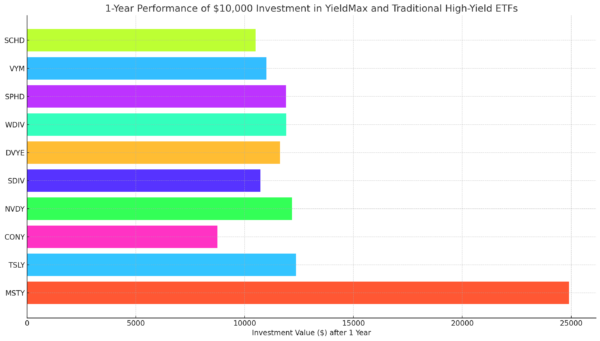New Residential Investment Corp. Dividend Safety: Can This 7.1% Yield Be Trusted?
Today, Investment U’s Income Expert, Marc Lichtenfeld, takes a look at New Residential Investment Corp’s dividend safety.
New Residential Investment Corp. (NYSE: NRZ) used to be a favorite with dividend investors. As of December, it paid a whopping 12.4% yield and its short track record of paying dividends was solid. It had raised the dividend five times since 2013.
Then, the pandemic occurred. Shares of the mortgage real estate investment trust (REIT) fell from a high of $17.66 to a low of $2.91. Today, it trades around $8, less than half of where it was in February.
Perhaps even more upsetting to income investors is that management slashed the quarterly dividend by 90% to $0.05 from $0.50. In the two quarters since, it has raised the payout by $0.05 per share each quarter, so the dividend now stands at $0.15, which equals a 7.1% yield.
Can investors bank on continuing to receive $0.15 per share each quarter?
Mortgage REITs make money by borrowing money at lower short-term rates and lending it out at higher longer-term rates. The difference, minus expenses, is known as net interest income (NII), and that is what we use to determine a mortgage REIT’s ability to pay its dividend.
New Residential Investment Corp Dividend Safety Rating
Even before the pandemic, New Residential Investment’s NII was headed in the wrong direction…
Last year’s NII was less than half of what it was in 2017. This year, NII is expected to rebound, but it is still more than 20% lower than 2018’s total and 35% below 2017’s total.
SafetyNet Pro does not look kindly upon declining cash flow or NII.
That disastrous NII figure from last year means that New Residential Investment could not afford its dividend. It paid out $808 million in dividends while generating only $579 million in NII.
So even if the pandemic hadn’t occurred, New Residential might have been forced to cut the dividend anyway – especially because this year’s NII, while forecast to be better than last year’s, is still expected to be below $800 million and wouldn’t cover the dividend if the total paid remained the same.
Due to the drastic reduction of the dividend, New Residential is now projected to pay out just $204 million, giving the company plenty of room in case NII comes in below expectations.
But with New Residential’s declining NII and recent dividend cut, SafetyNet Pro says this is a dividend that can’t be trusted. It will take a few years of increasing NII, low payout ratios and a stable dividend to restore confidence that the dividend, at whatever level, is safe.
Dividend Safety Rating: F
New Residential Investment Corp’s dividend safety is not looking good at the moment. This is due to the declining net interest income and future forecasting, and it’s likely to be cut if the NII remains on this path.
However, many dividends are extremely safe and continue to grow. For the latest dividend trends, be sure to sign up for the Wealthy Retirement e-letter below. This FREE e-letter provides invaluable retirement tips and stock market insights each and every day.
About Marc Lichtenfeld
Marc Lichtenfeld is the Chief Income Strategist of Investment U’s publisher, The Oxford Club. He has more than three decades of experience in the market and a dedicated following of more than 500,000 investors.
After getting his start on the trading desk at Carlin Equities, he moved over to Avalon Research Group as a senior analyst. Over the years, Marc’s commentary has appeared in The Wall Street Journal, Barron’s and U.S. News & World Report, among other outlets. Prior to joining The Oxford Club, he was a senior columnist at Jim Cramer’s TheStreet. Today, he is a sought-after media guest who has appeared on CNBC, Fox Business and Yahoo Finance.
Marc shares his financial advice via The Oxford Club’s free daily e-letter called Wealthy Retirement and a monthly, income-focused newsletter called The Oxford Income Letter. He also runs four subscription-based trading services: Technical Pattern Profits, Penny Options Trader, Oxford Bond Advantage and Predictive Profits.
His first book, Get Rich with Dividends: A Proven System for Earning Double-Digit Returns, achieved bestseller status shortly after its release in 2012, and the second edition was named the 2018 Book of the Year by the Institute for Financial Literacy. It has been published in four languages. In early 2018, Marc released his second book, You Don’t Have to Drive an Uber in Retirement: How to Maintain Your Lifestyle without Getting a Job or Cutting Corners, which hit No. 1 on Amazon’s bestseller list. It was named the 2019 Book of the Year by the Institute for Financial Literacy.








